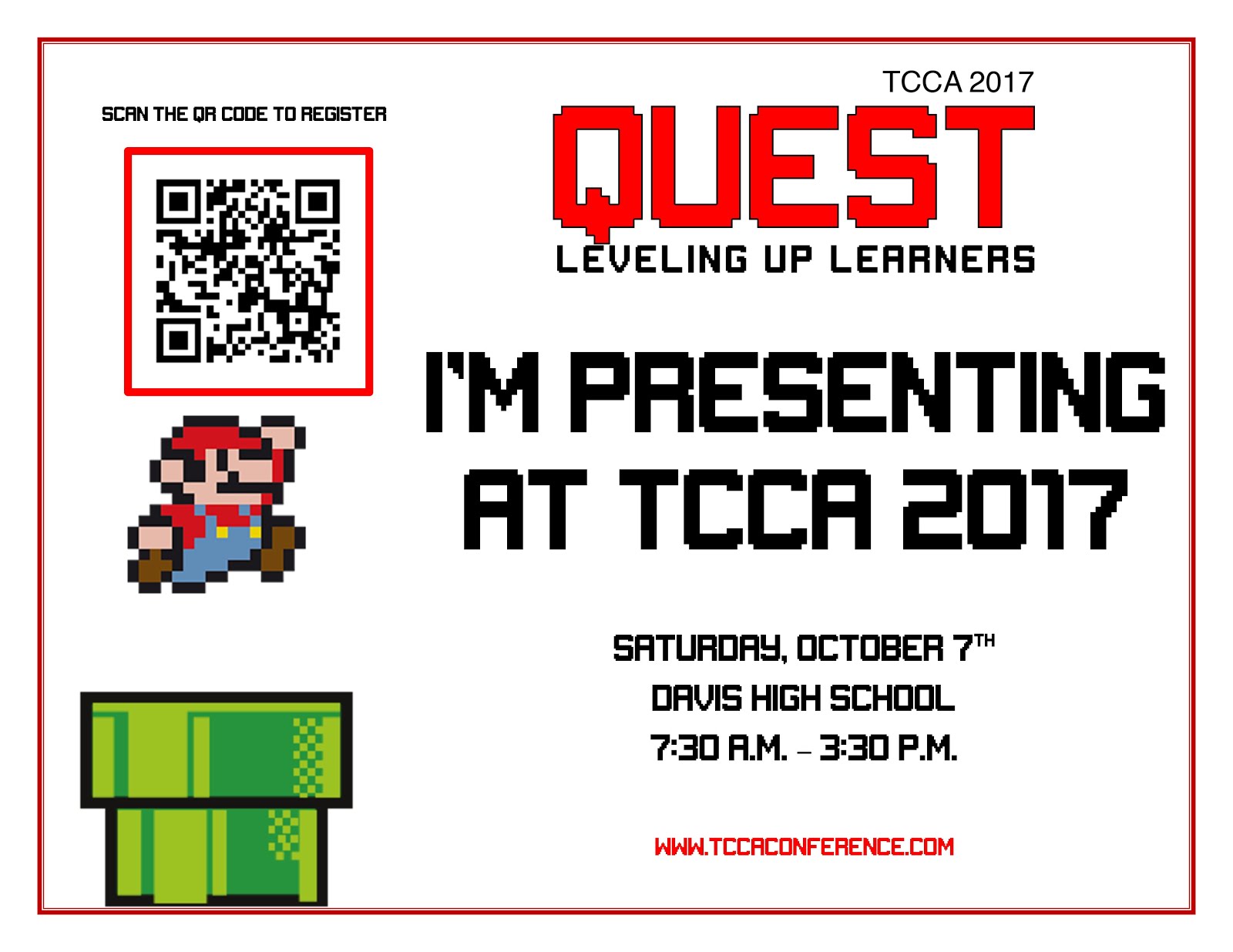Since acrostics are the only unflinching truth in education, I offer one for those of us that will be supporting teachers, encouraging growth in children and adults, and maybe even feeling a little overwhelmed at the task that lies ahead.
C: Cultivate contacts and connections
I wasn't prepared for how lonely I would be my first year as an instructional coach. I was a classroom teacher for 17 years and was always surrounded by my grade-level team. I did life with these people. They knew my students, my own personal children, struggles that I was having, and essentially became my group therapy for nine months out of the year. Often, ICs are the only one on a campus with their particular job description, and it can feel weird at first. Who do I sit with at faculty meetings? When do I eat lunch? It may seem petty, but don't underestimate the need educators have to connect with others and build solid, professional relationships. Connect with other coaches in your district or online to ensure you have a solid support system. You will need it!
O: Own your position
Ha! If only this was an easy one...As coaching becomes more prevalent in our public school systems, so do the ideas, models, and assumptions about what coaching truly is. The thing is, only you know what your position really looks like. Districts, systems, and campuses may provide fantastic training and ongoing support, but even then, there are many misconceptions about what exactly coaches do. Work with your administration to articulate a focus for your work and make sure that you continue to communicate your goal of supporting teachers throughout the year. I had to continually remind myself that my entire job description was to improve student outcomes by empowering teachers to do what THEY want in the classroom. Reflect every few weeks and see if you need to adjust your sails. You will.
A: Accept ambiguity
Most coaches used to be teachers and are accustomed to the sense of security that surrounds effective systems and procedures. Coaching can feel like a roller coaster that has jumped the tracks because every day is completely different. Keep your calendar in a convenient place, because things change all the time! Google Calendar is great because you can set up your appointments and even sync it with other scheduling apps like Book Me or Google Keep. The digital version is also helpful when you are reflecting on how you spend your time. When I applied to be an instructional coach, there were 23 bullets on the job description, and the ever-popular Performs other duties as assigned...YIKES!? You will be asked to do things that may interfere with what you think you are supposed to do, but as long as you are spending the majority of time in classrooms supporting teachers, you are impacting learning.
C: Champion Teachers
This may be the dirty little secret of instructional coaching, but you will be viewed differently. If you are coaching in the building where you previously taught, it can be even stranger because teachers you once vented with at Happy Hour are now coming to you to be heard. I thought I was a pretty positive person in the classroom but found it difficult to not feel discouraged when I was supporting educators who were frustrated, overwhelmed, or even angry. Teaching is such a personal profession, and anytime something doesn't go right, educators need to process. As a new coach, I tried to create a welcoming space for teachers to pop in, grab a piece of candy, make a cup of coffee, and talk shop. Often, however, I ended up feeling discouraged as I grappled with the reality that I couldn't fix things for these professionals I cared about so much. Find ways to listen, understand, and support, but try to communicate that you believe in people, in education, and solutions instead of going negative. Leave specific notes for teachers any chance you get. All I wanted when I was in the classroom was for SOMEONE over the age of 7 to recognize how hard I was working. Stand up for teachers any chance you can. It's one of the job's greatest privileges.
H: Harness the talent
My favorite part of coaching is getting to spend my days learning from so many teachers. I have grown exponentially as an educator since I have been able to be in so many classrooms. Often, the teachers I serve don't need to see ME model something, they need me to be in their classroom so they can observe a colleague or mentor a peer. I am constantly on the lookout for connections I can help create between teachers that will spark learning networks. Sometimes this match-up is with teachers in our building, across the district, and I've even matched up teachers with members of my online PLN. If there is one thing I have learned from 19 years in education, it's that our relationships are paramount to our activities. If I can encourage teachers to build stronger relationships with each other and our students, then I believe the learning takes care of itself.I am excited to have connected with other instructional coaches as I continue this learning journey. Happy new school year!























































